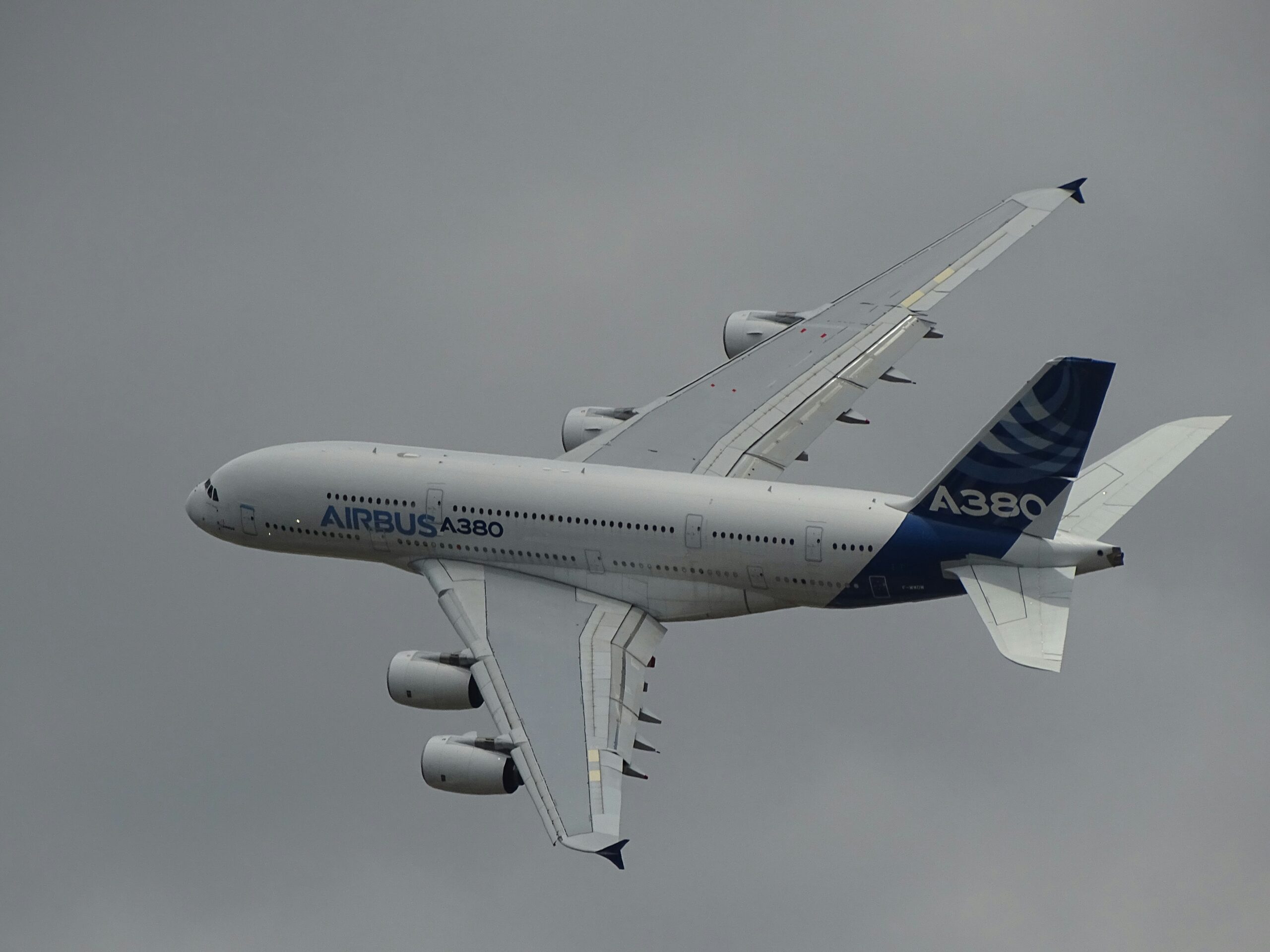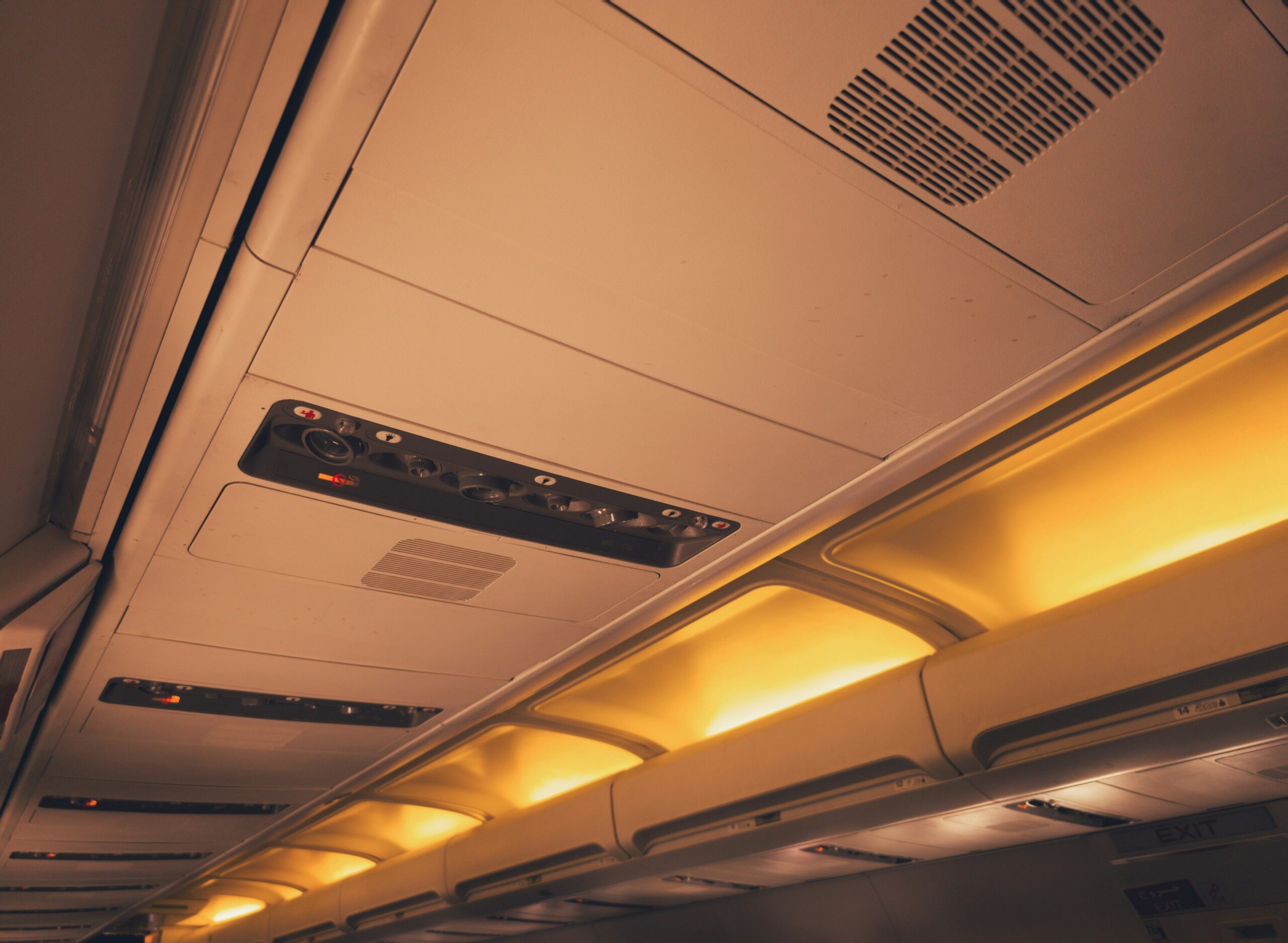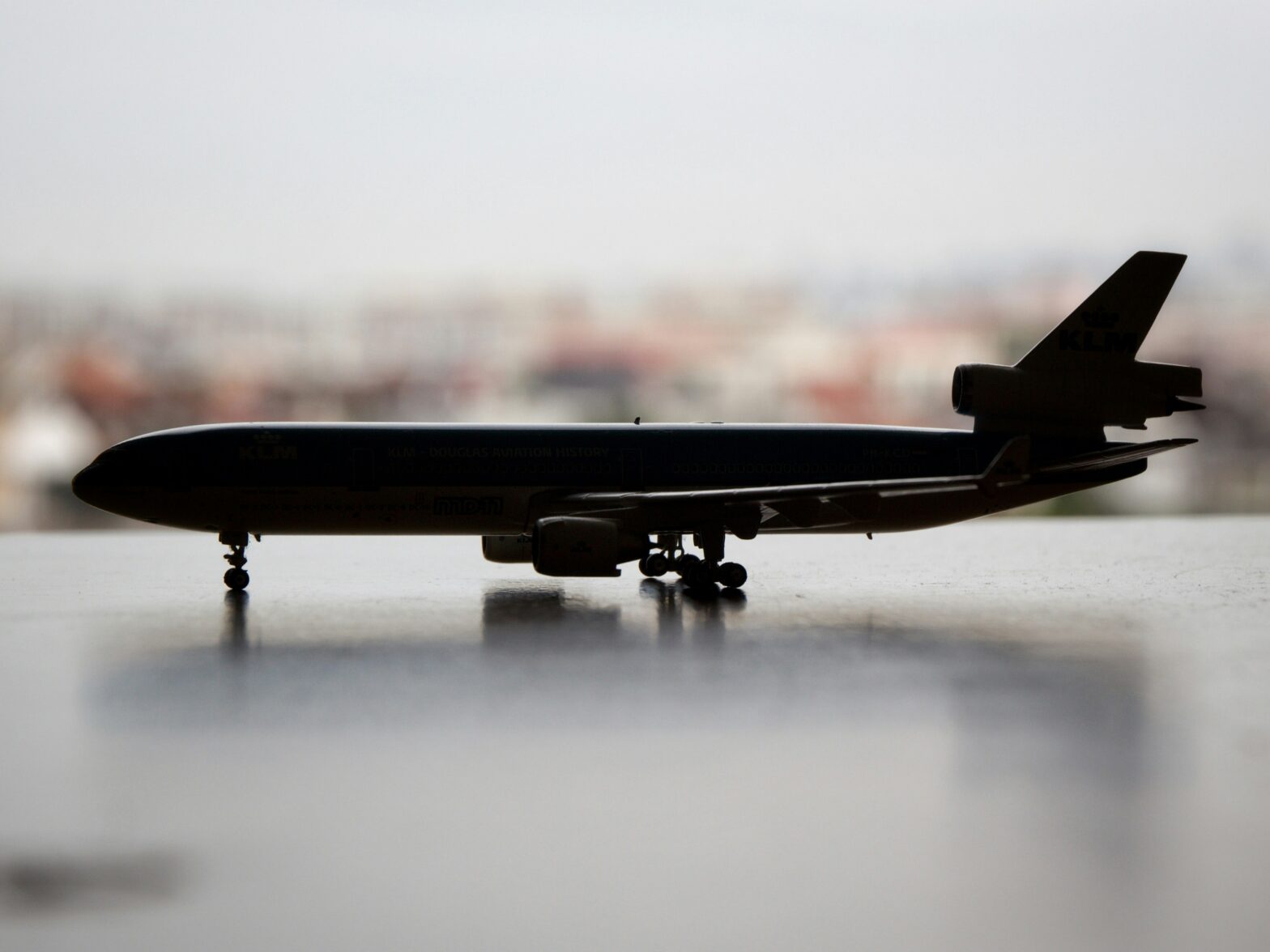The top airplane manufacturers have an extensive and trustworthy history in the industry. The fleets of top air carriers around the world are filled with their airplanes. These manufacturers are well established in their field and have captured the attention of worldwide aircraft carriers.
Decisions made by these companies have incredibly high stakes and they impact every level of aviation. Among the recent controversy over airplane groundings and safety, it is important to know more heavy hitters in the industry. Check out the major airplane manufacturers that are taking aviation by storm.
Top Airplane Manufacturers

The Boeing Company is one of the top two manufacturers of commercial aircraft. The American company started off by acquiring the US government as their first customer. Since the late 950’s it has been considered the preferred commercial aircraft manufacturer. Airbus is Boeing’s leading competitor. It was developed in Europe by France, Germany and the UK.
It initially was the leading manufacturer in the European market because of its innovation. But both companies have steadily improved their planes and in the last few years have been neck and neck in the market. The two manufacturers are engaged in a competitive duopoly, which impacts the whole industry and has raised questions about industry diversification.
Why Boeing and Airbus?
Boeing and Airbus dominate the large commercial aircraft manufacturing industry, and there are plenty of reasons why. The first consideration is that the companies do not have much competition. They account for a significant amount of large aircraft orders globally. But their industry access and sufficient funds has led up to that reality. The aviation manufacturing industry is no different than other industries since it operates by the saying “it takes money to make money.” Companies need a significant amount of money for parts, technology and customer support. When these resources are properly applied and executed, manufacturers can deliver exceptional airplanes that provide top notch flying experiences to travelers.
Then there is the top manufacturers’ industry access and reputation. Boeing and Airbus had an earlier entry into the market, so they have close relationships with regulatory organizations. In fact, Boeing has been in existence since 1916 while Airbus started producing aircraft around 1967. Year after year the manufacturers have grown in the areas of plane delivery and performance. So, the intense rivalry between the two companies has led to innovation in aircraft design, fuel sources and more. This, and the successful delivery of planes, has solidified them as manufacturers at the forefront of modern aviation.
Aircraft Manufacturers on the Rise

The question of other popular aircraft manufacturers is a complicated one. General aviation, which can include military aircraft, business and regional airplanes, is a much bigger pool to choose from. But the competitors for large commercial airplanes are quite limited. But there are some manufacturers that are on the rise. They may eventually compete with the two major airplane manufacturers that currently dominate the commercial market.
There are other aircraft manufacturers that have thrived. Travelers may even see them climb the industry ladder in upcoming years. On a global level, there are many companies that want to rival Boeing and Airbus. COMAC, Mitsubishi and UAC are the top contenders for new competitors. COMAC (Commercial Aircraft Corporation of China) is a Chinese aircraft supplier that recently released the C919 narrow body jet onto the international market. The public (or at least international) release of COMAC’s plane was strategic. It made its debut right as Boeing has been tackling manufacturing issues that have made the public question their plane safety. Airbus, on the other hand, has had supply chain issues that have led to jet production delays. This model is set to compete with the Boeing 737 and Airbus A320.
Mitsubishi Heavy Industries is one of the world’s leading industrial groups. The company, which is headquartered in Tokyo, Japan, has set intentions of developing an innovative passenger plane. While the SpaceJet has not come to fruition, industry leaders surely are keeping an eye out for Japan’s technological advancements. UAC (Russia’s United Aircraft Corporation) is a company that has had aspirations to disrupt the domination of Boeing and Airbus in the international market. In fact, CRAIC (China-Russia Commercial Aircraft International Corporation) is a joint venture that’s sole purpose is to develop a mass produced widebody aircraft (like the CR929).
Why Are There Only Two Major Airplane Manufacturers?
The market for large aircraft manufacturing is extremely competitive. There are plenty of barriers that may bar smaller companies from progressing in the industry. These factors, in a way, are gatekeepers for smaller manufacturers that also keep the duopoly in place.
There are capital requirements and heavy regulations on airplane manufacturers. On top of those barriers (for smaller manufacturers), many airlines have an ongoing relationship and loyalty to big name manufacturers. The long established relationships mean that there is not a whole lot of diversification in the market. This has led to smaller manufacturers mainly focusing on the market for small jets and private aircraft. But the large commercial aircraft market is simply a sector of the aerospace industry, so most manufacturers specialize and still profit. It would take a substantial breakthrough for a new manufacturer to capture the global market’s attention.
This globally competitive industry mostly focuses on technological development, but there are recreational implications for travelers. Some impacts include less aircraft in service if some planes are grounded for manufacturing issues. This can mean less flights available to travelers. Even trade disputes, budget fluctuations, climate change/sustainability and global air congestion can impact airplane manufacturing. So a lot rides on the industry and retaining dependable airplane manufacturers.
